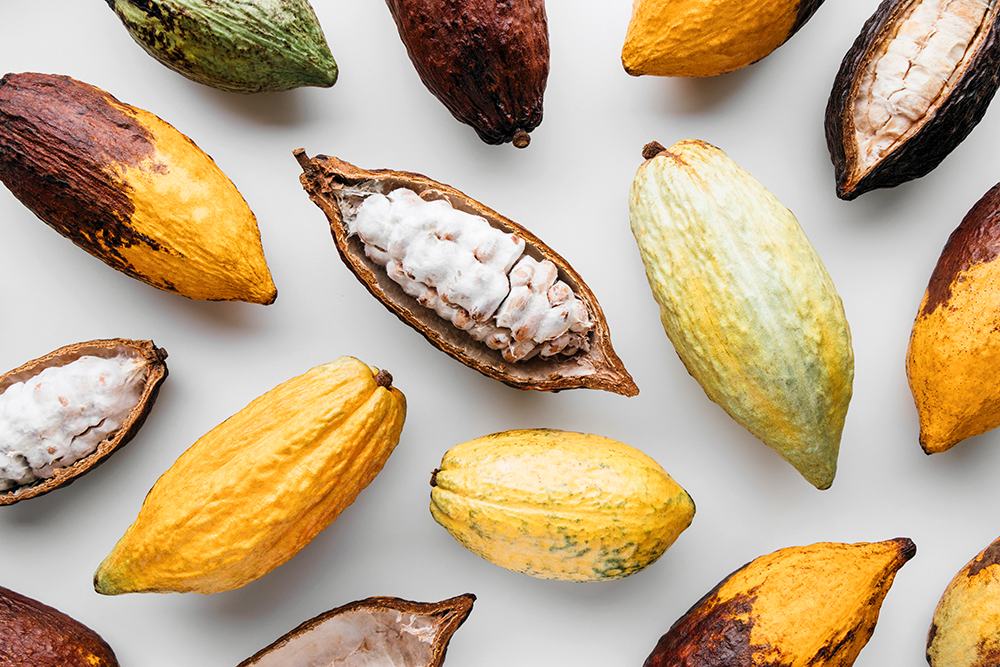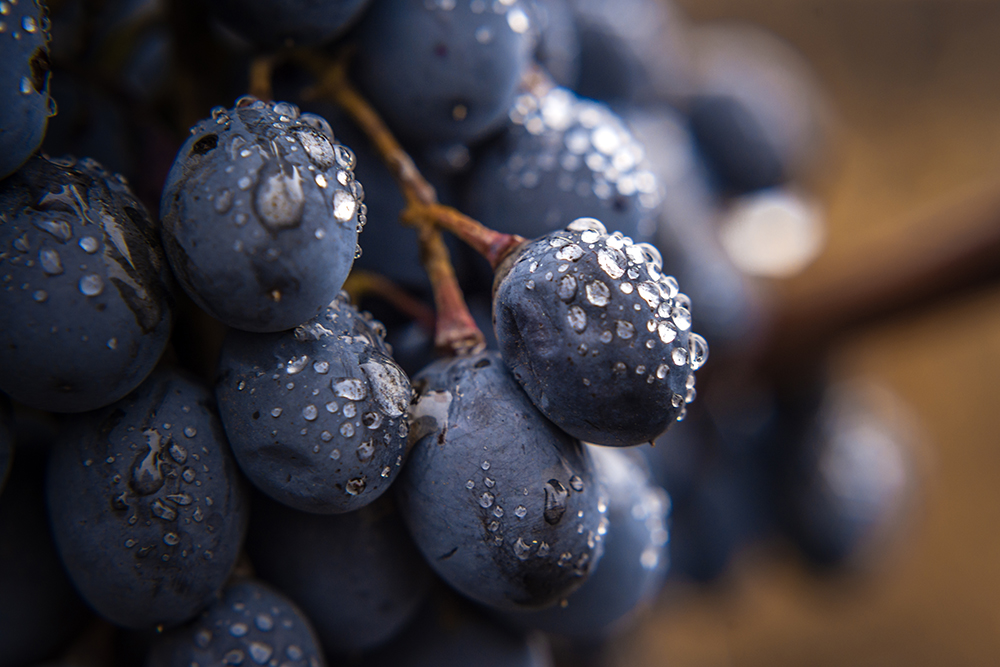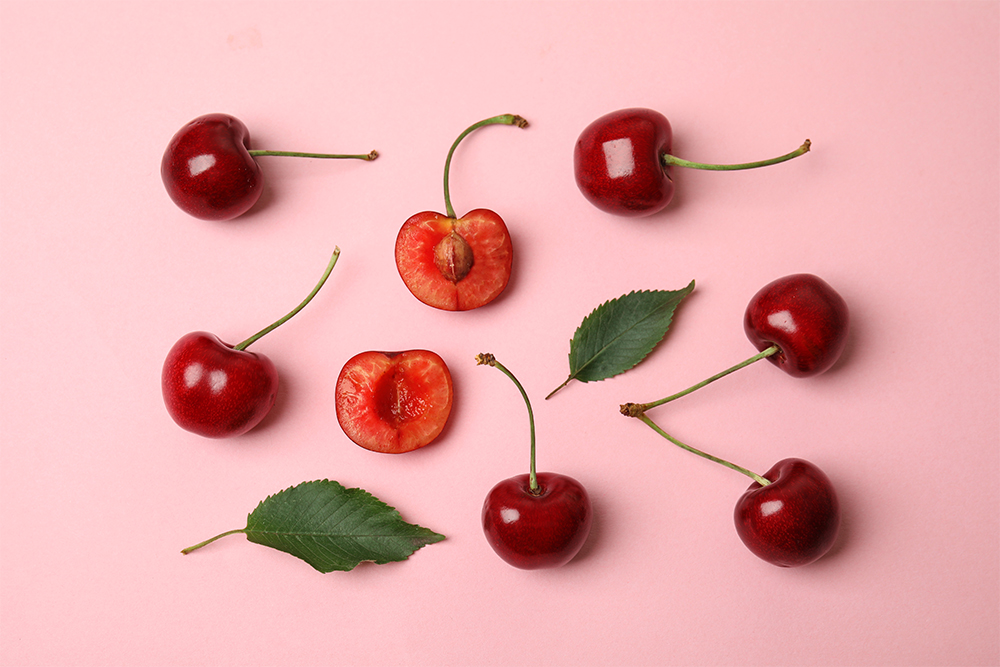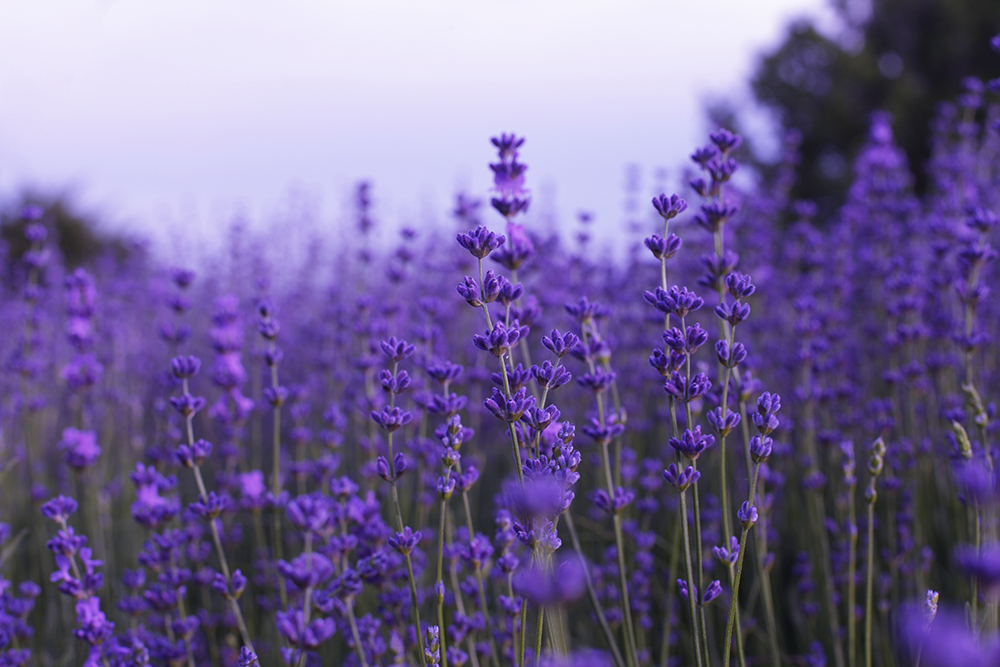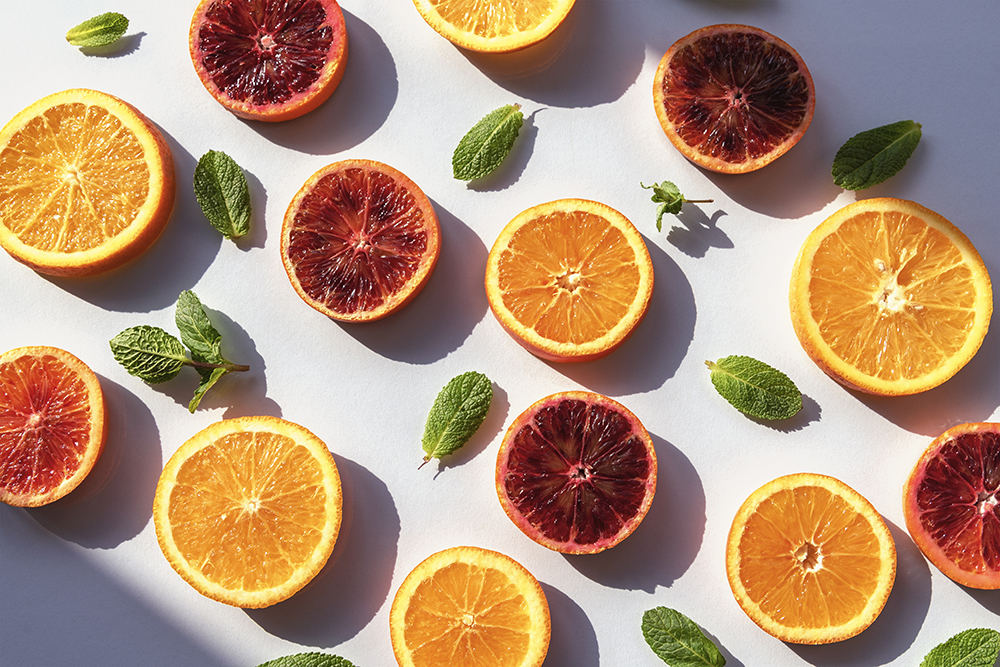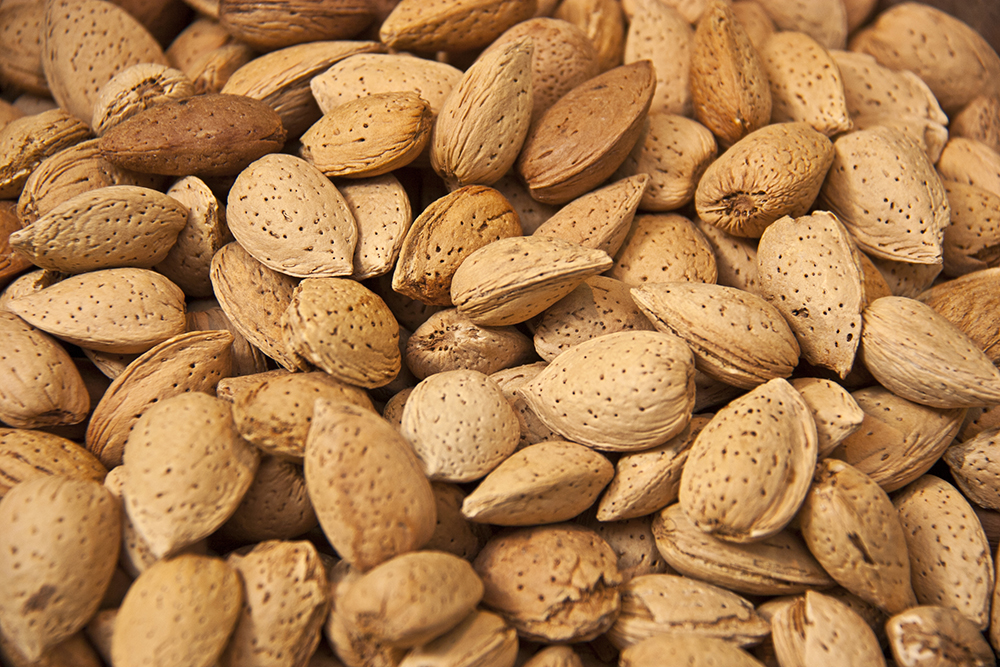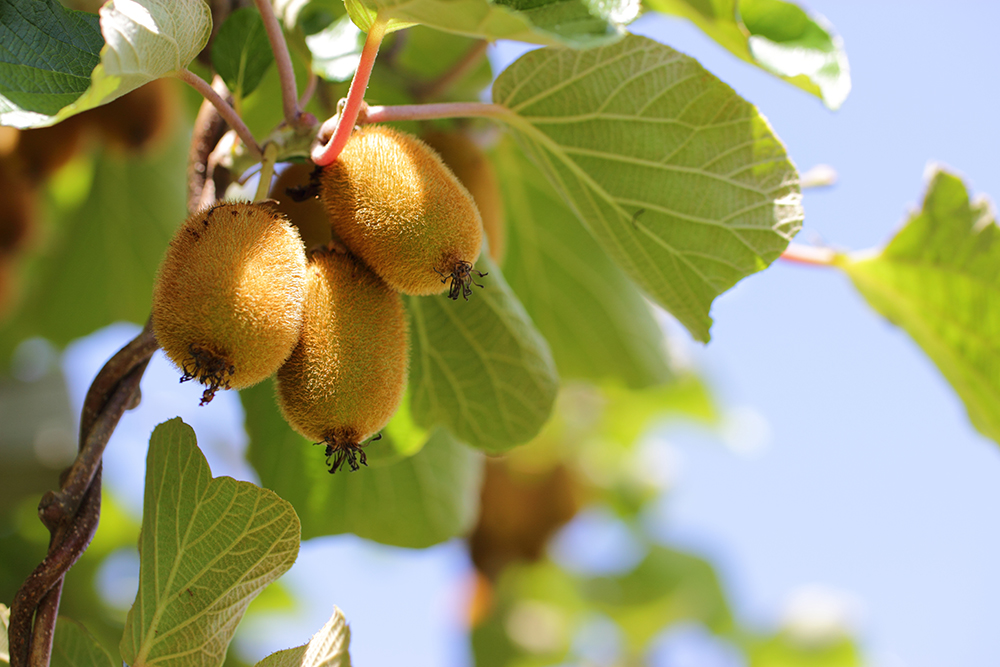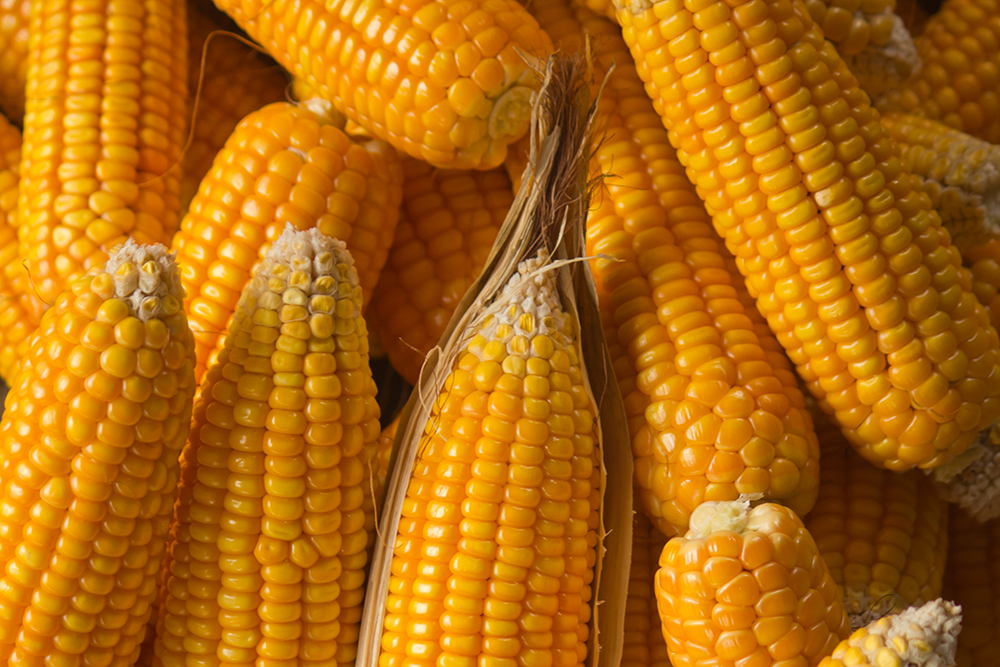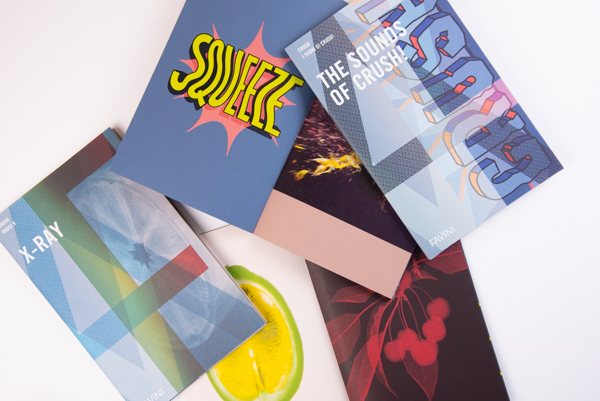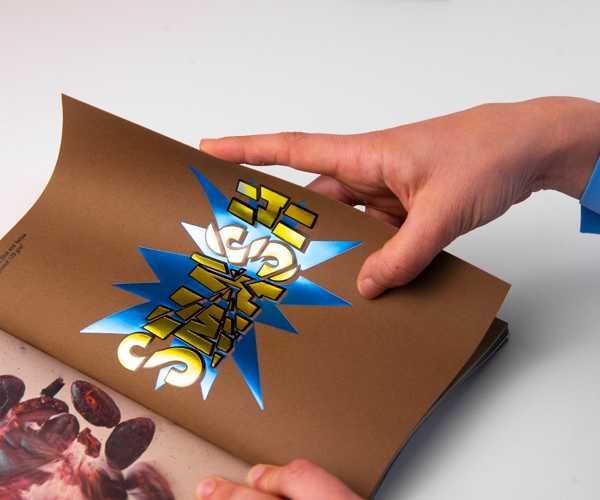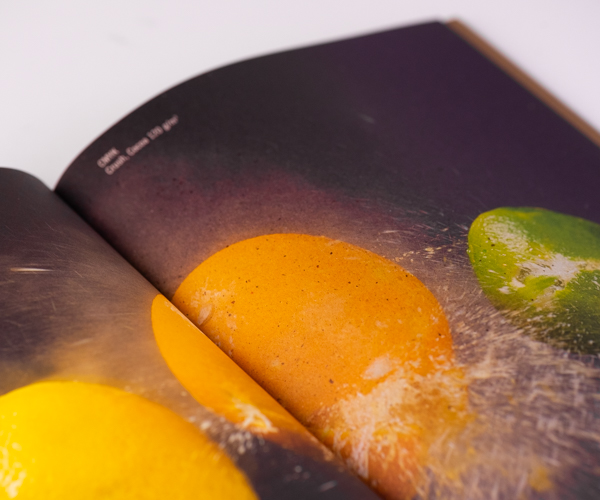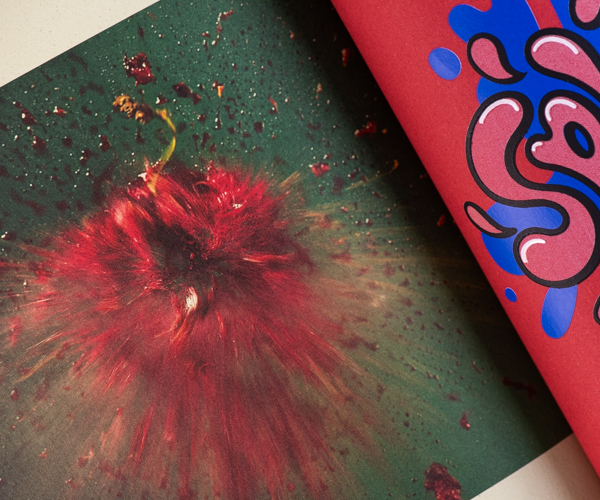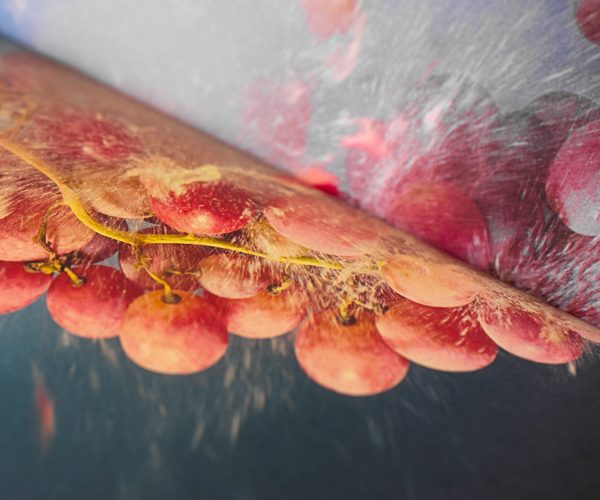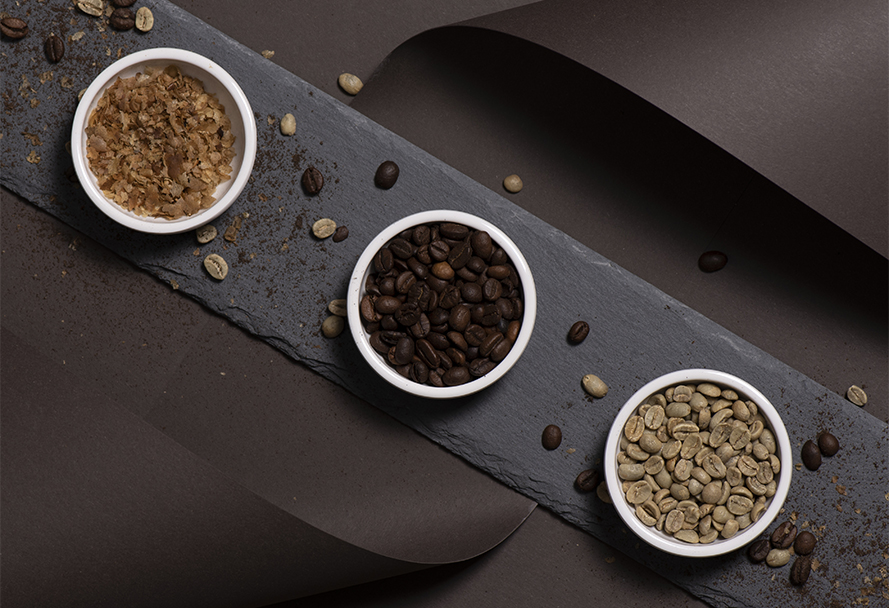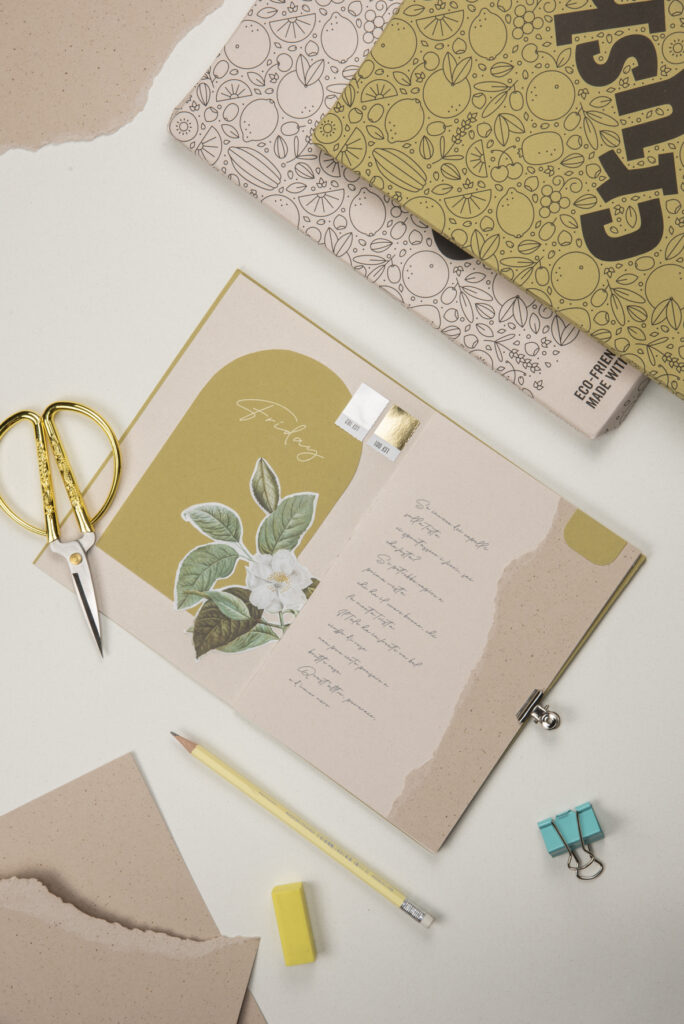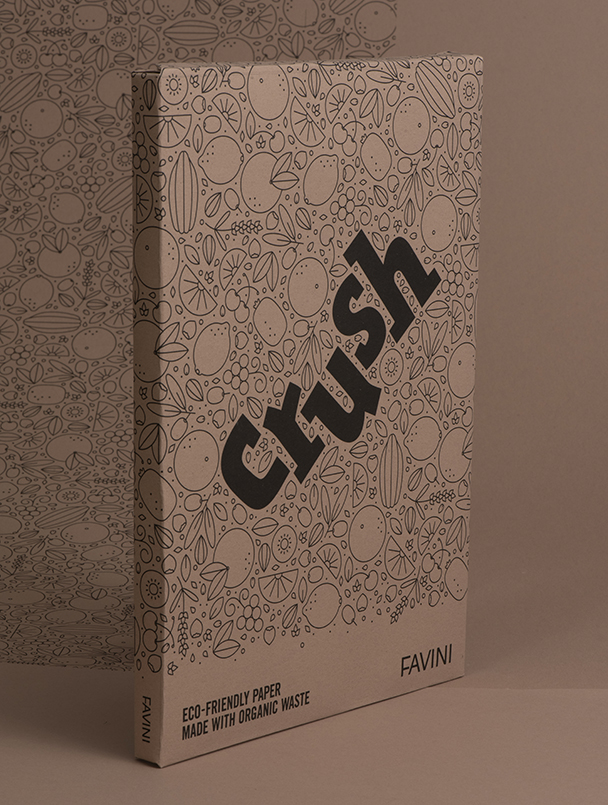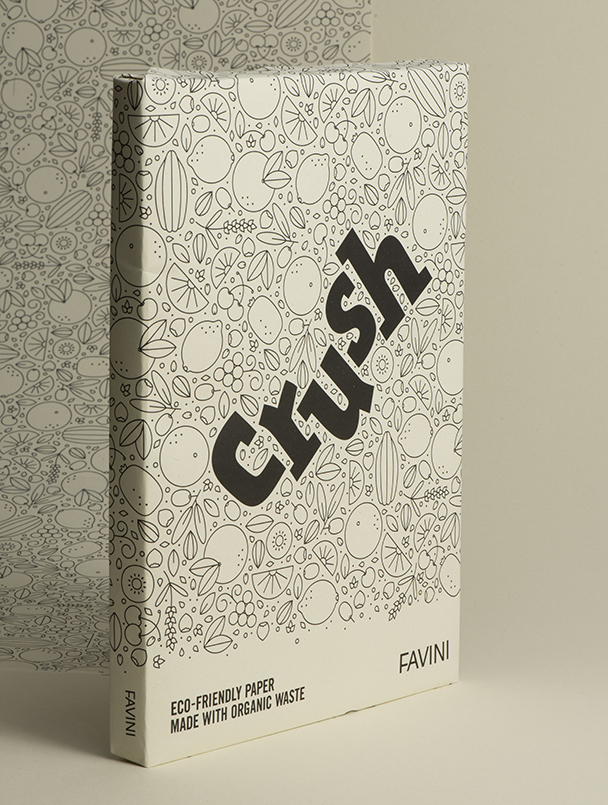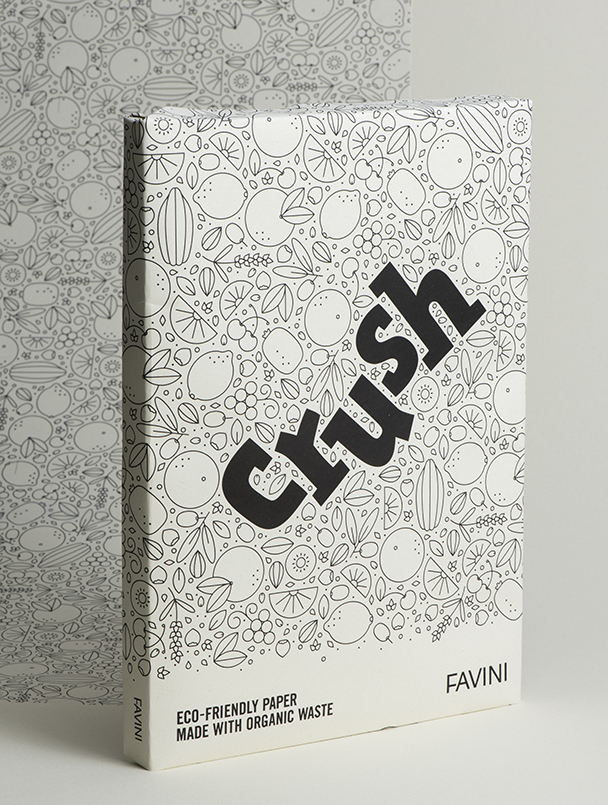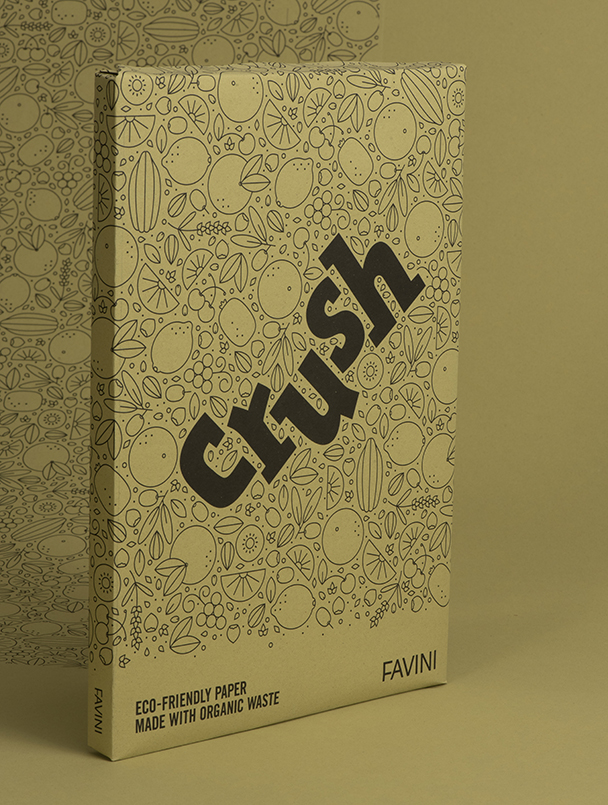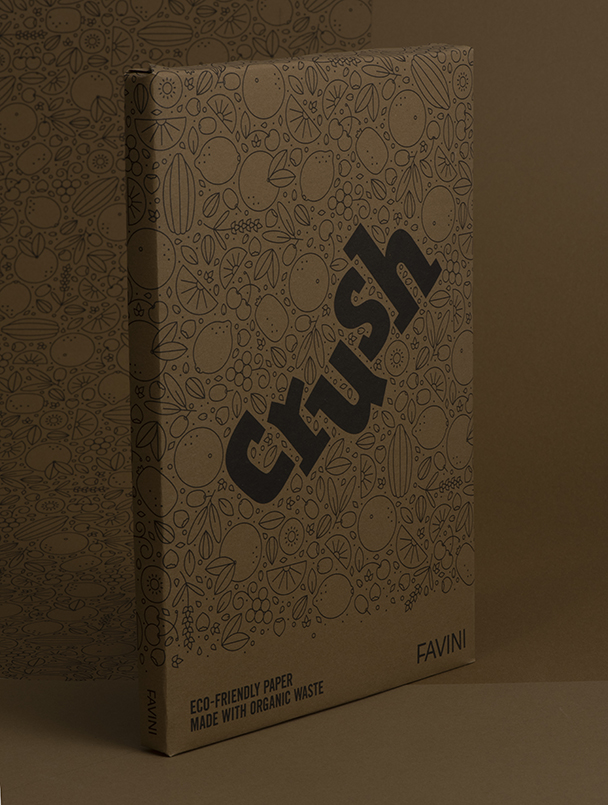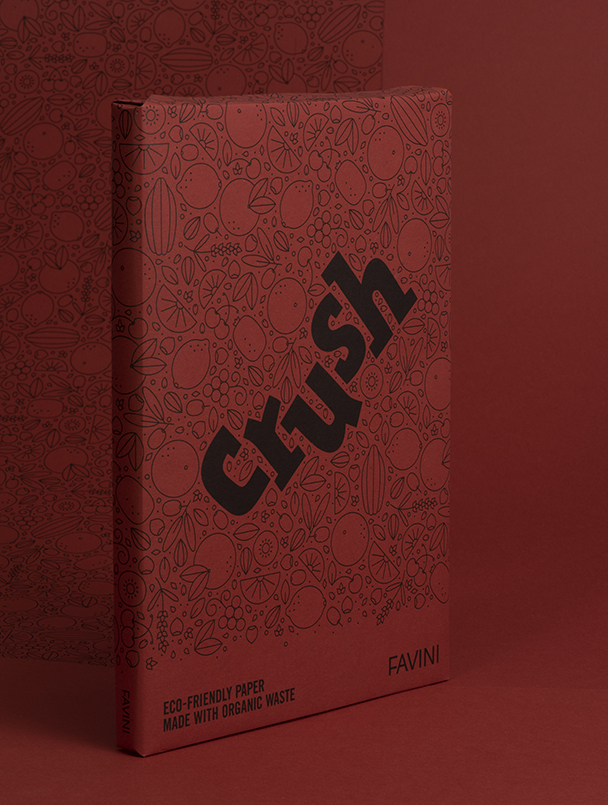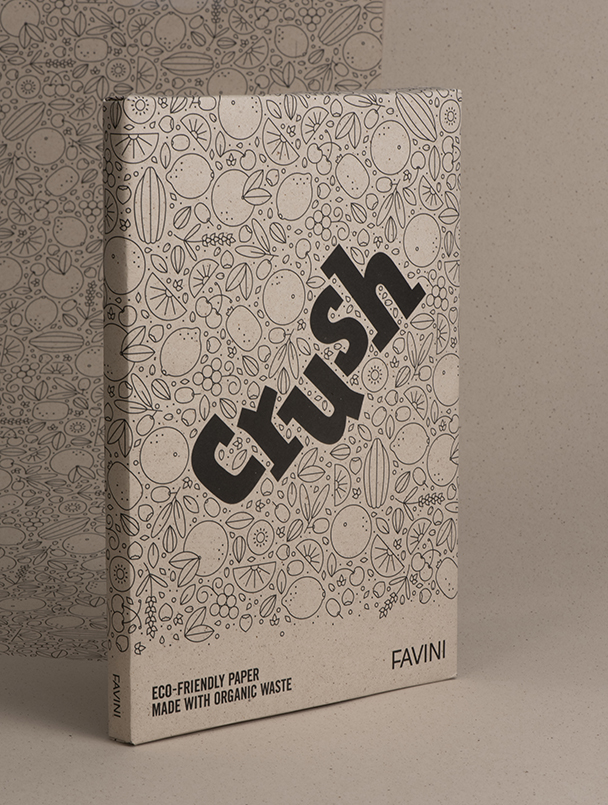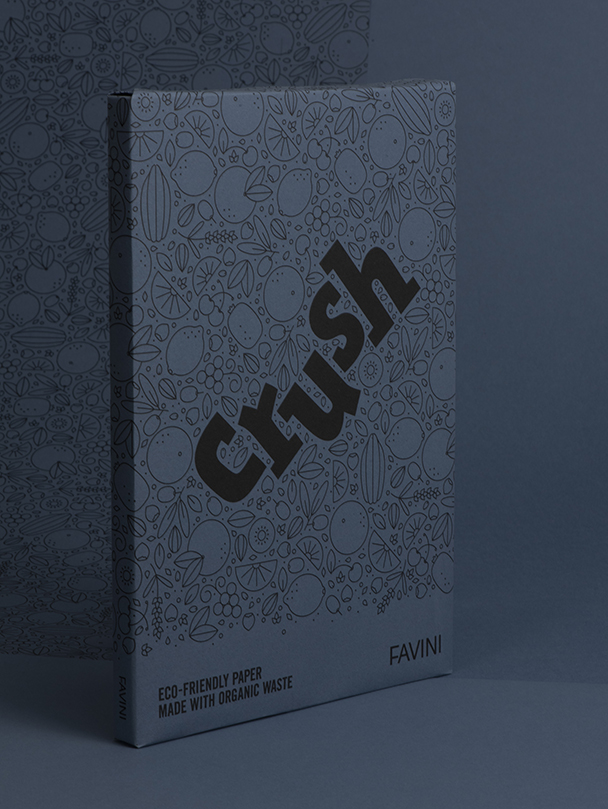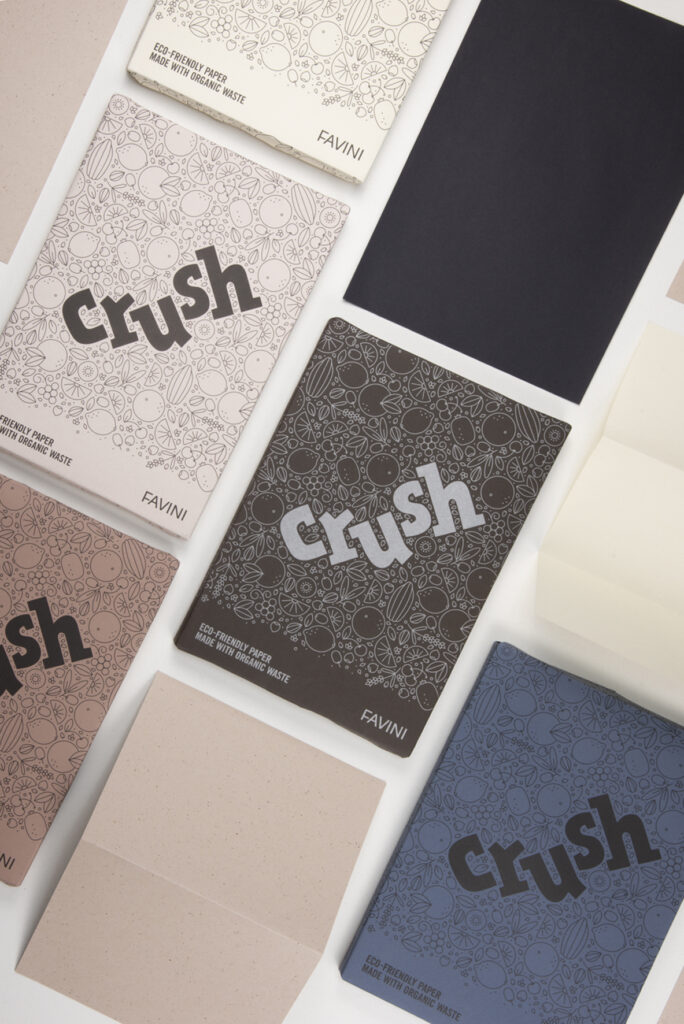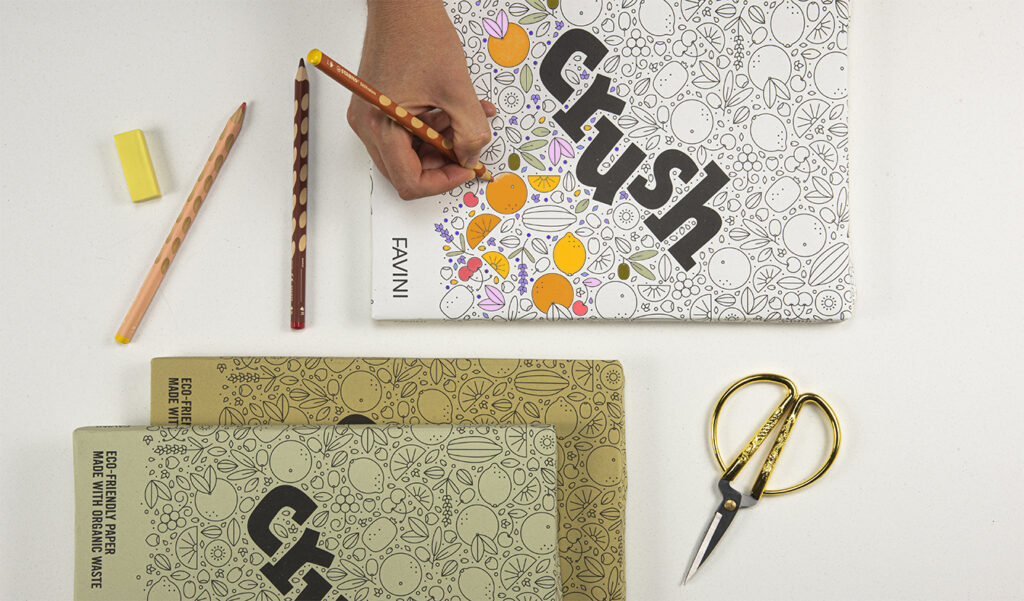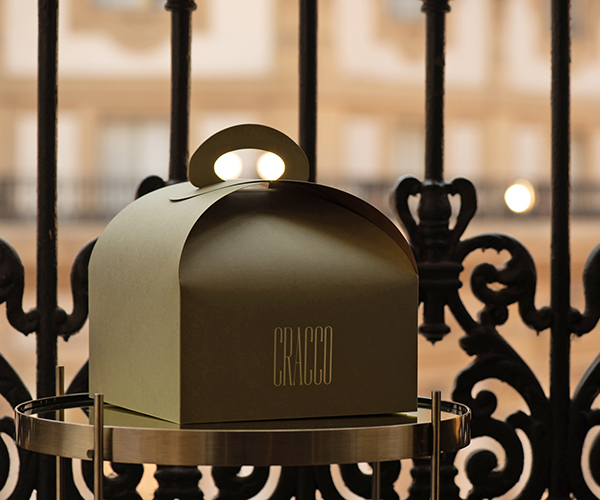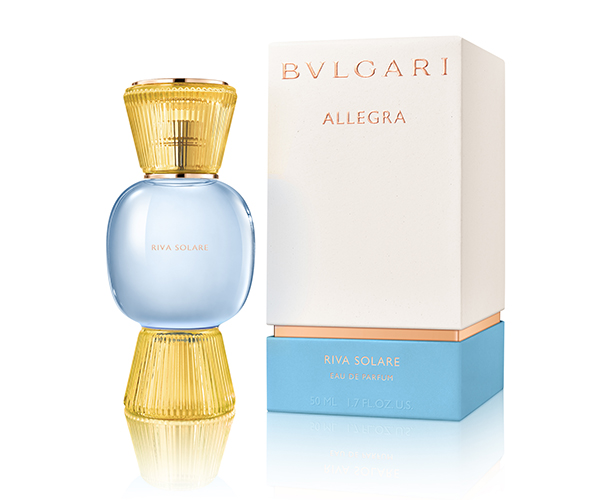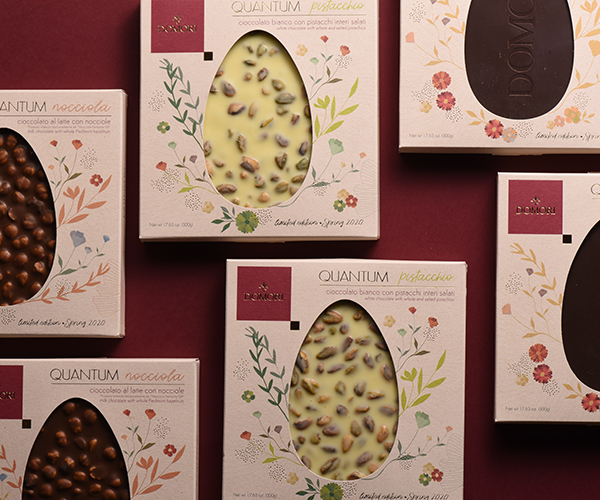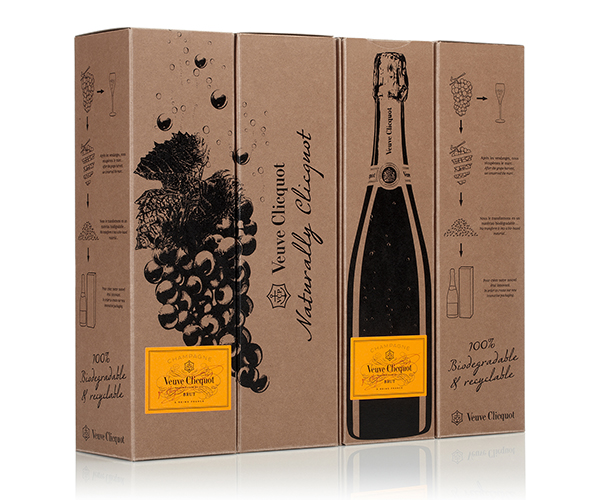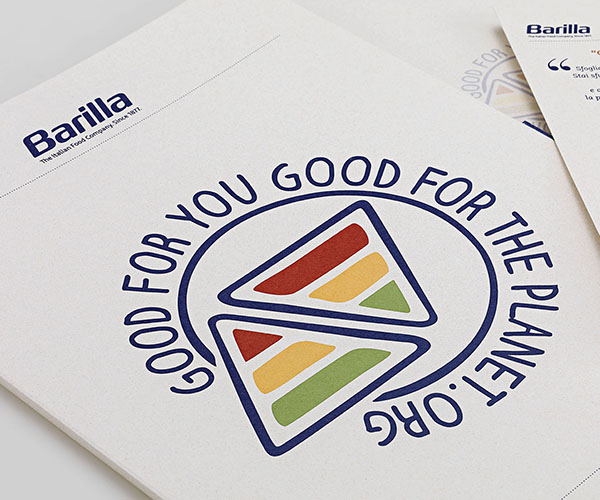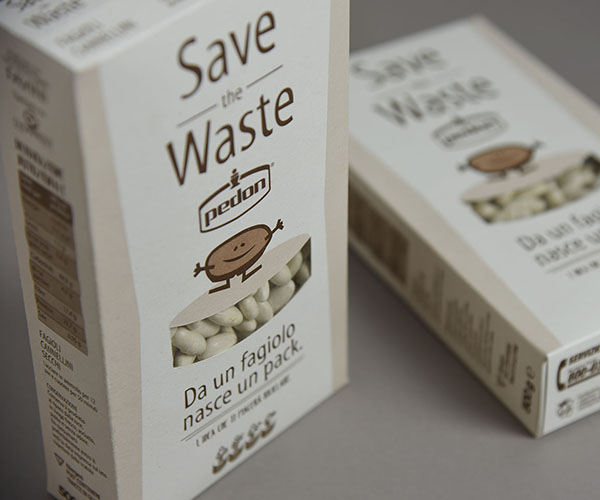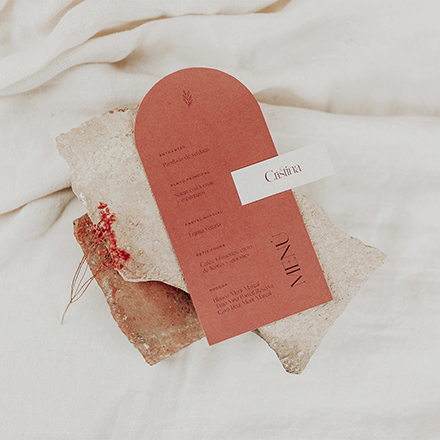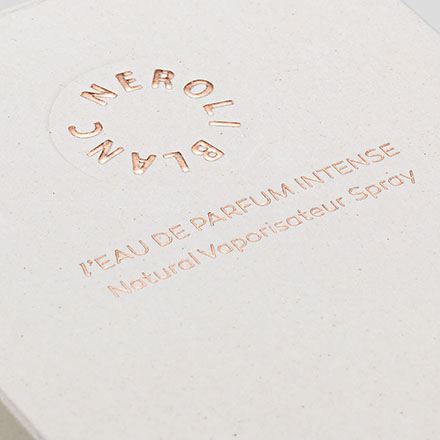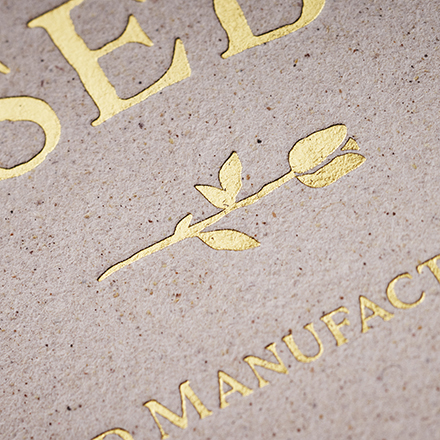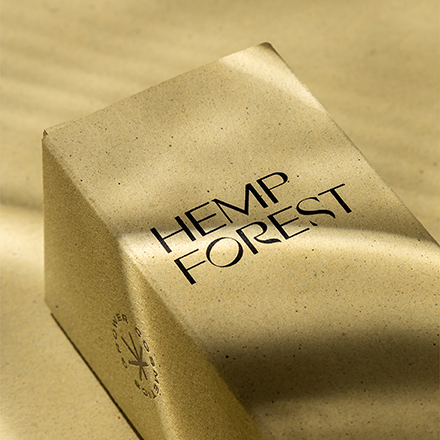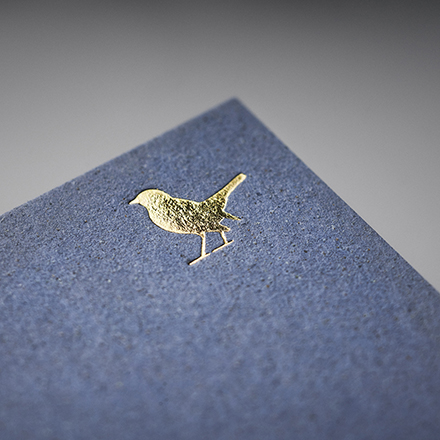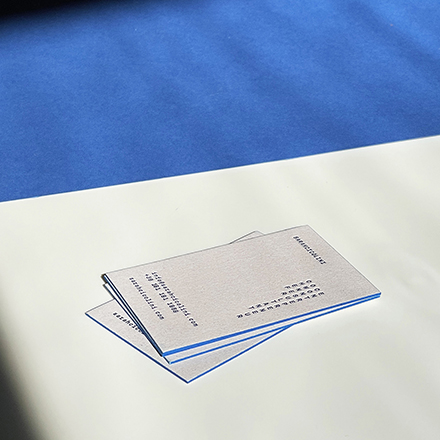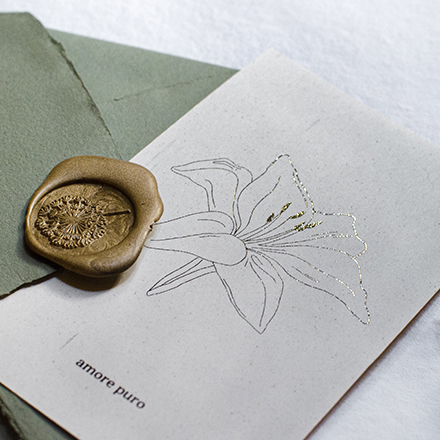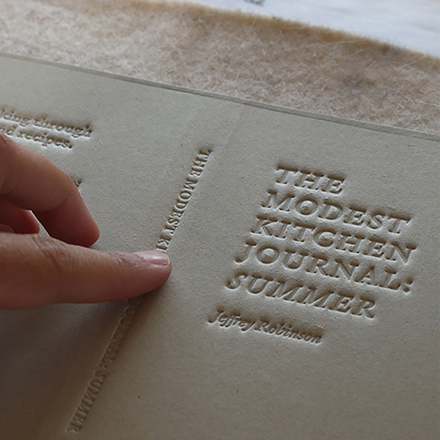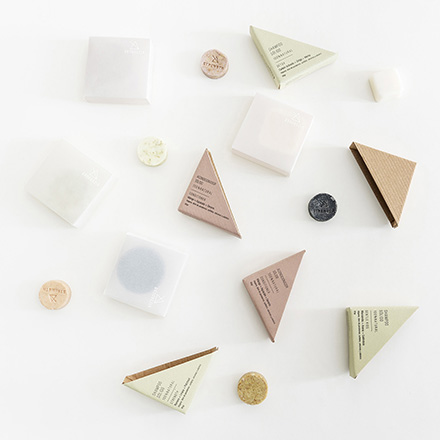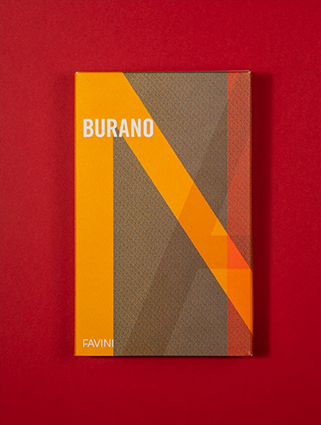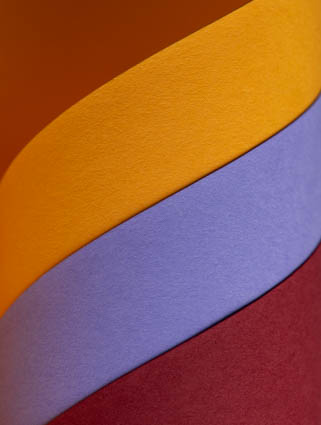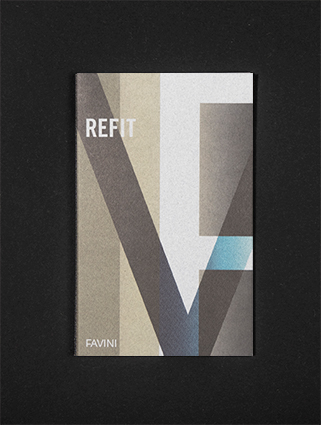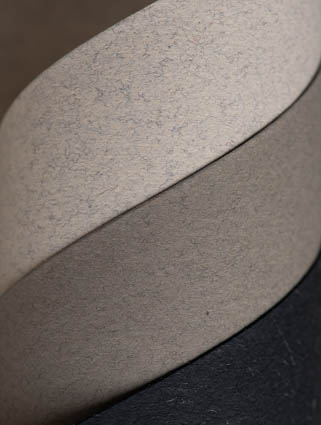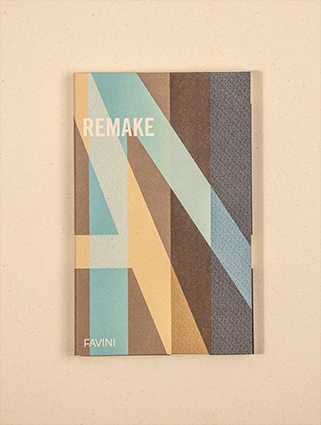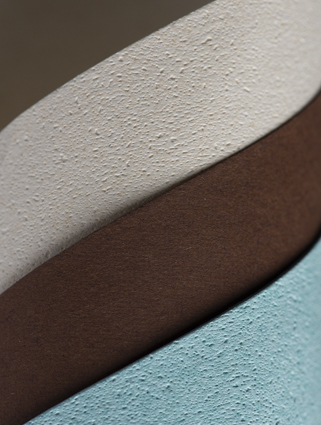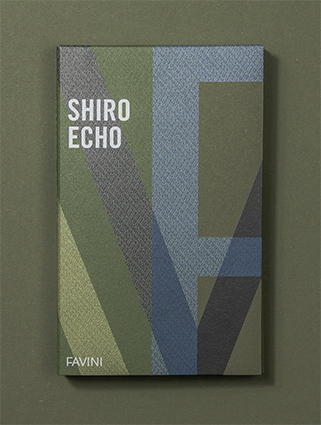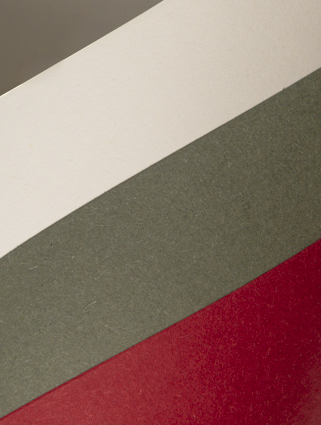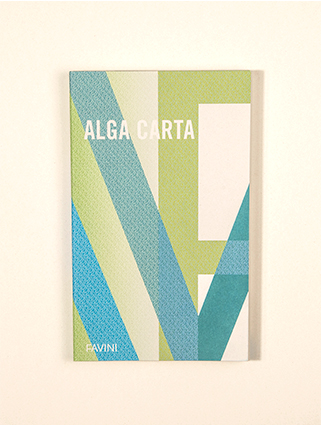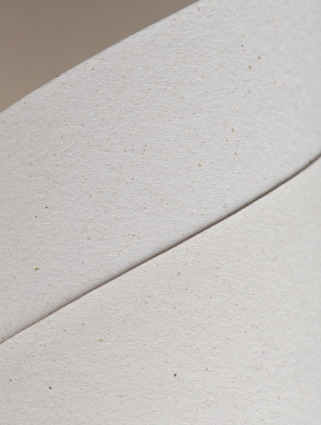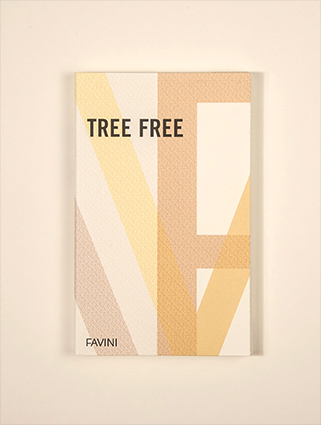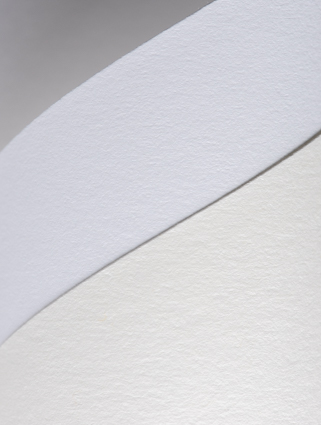Discover the eco features
Intro
Crush, the paper derived from agro-industrial waste, gained considerable attention after its presentation at Luxepack Monaco 2012. Initially, the collection was limited to only seven colours, each representing a specific ingredient obtained from by-products of citrus, corn, coffee, hazelnuts, almonds, olives and kiwi. Over the years, research has been conducted in our R&D laboratory that has led to an expansion of the range. Currently, the collection has been nearly doubled, incorporating additional colours such as cherry, lavender, grape, cocoa and coconut. The question now arises: What will be the next ingredient that will join the range and make up to 15 percent of the paper’s composition?
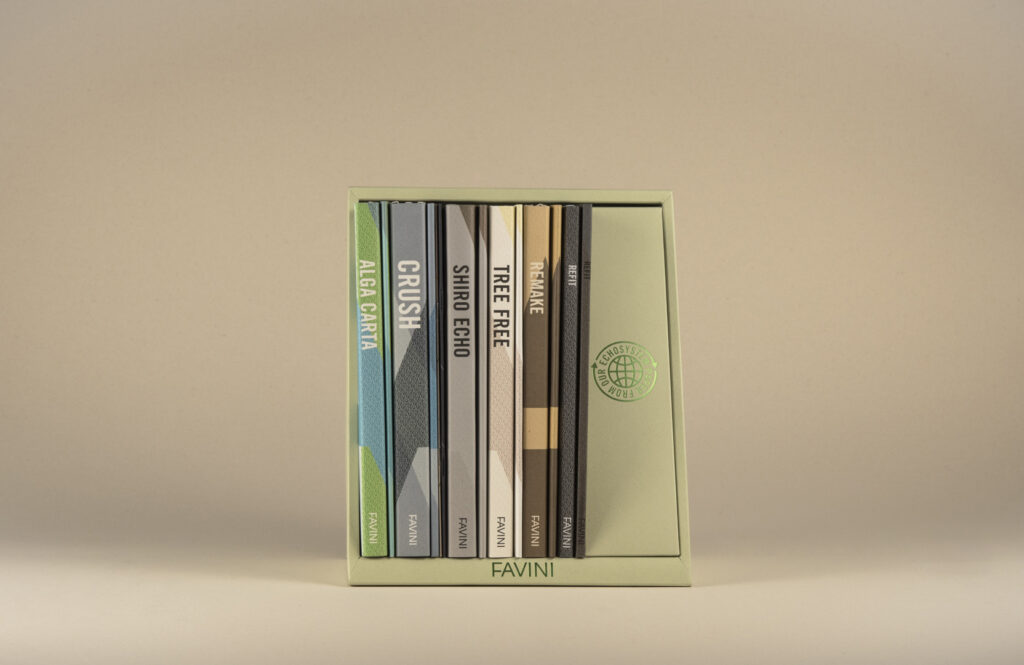
Crush is now part of a range of environmentally friendly papers that meets the many needs and preferences of companies who wish to communicate on the most sustainable medium available: Paper from our Echosystem.
As part of Paper from our Echosystem collection, in regard to Crush it is guaranteed that:
- Made from eco-innovative raw materials, in this case from upcycling 15% agro-industrial by-products and also includes recycled paper fibre (40% pcw).
- The emissions are measured and have been totally offset.
- It is made with renewable energy sources; in the case of Crush this is self-produced.
- Proudly holds FSC™ certification, highlighting its commitment to being both recyclable and biodegradable.
- It is produced in accordance with a production process that is monitored and constantly improved.
Which papers are included in our most eco-friendly collection?
Discover the origin of the ingredients of Crush
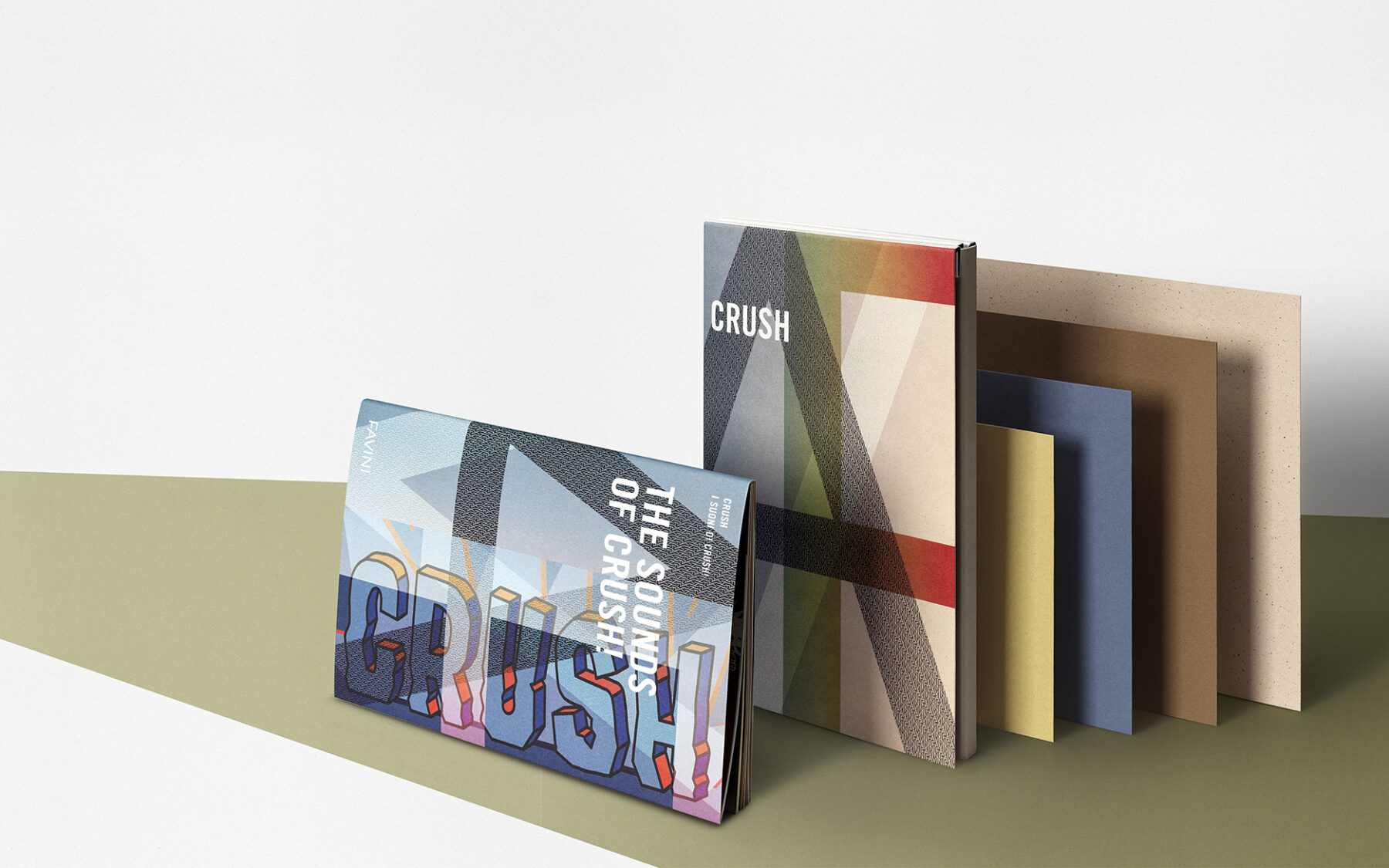
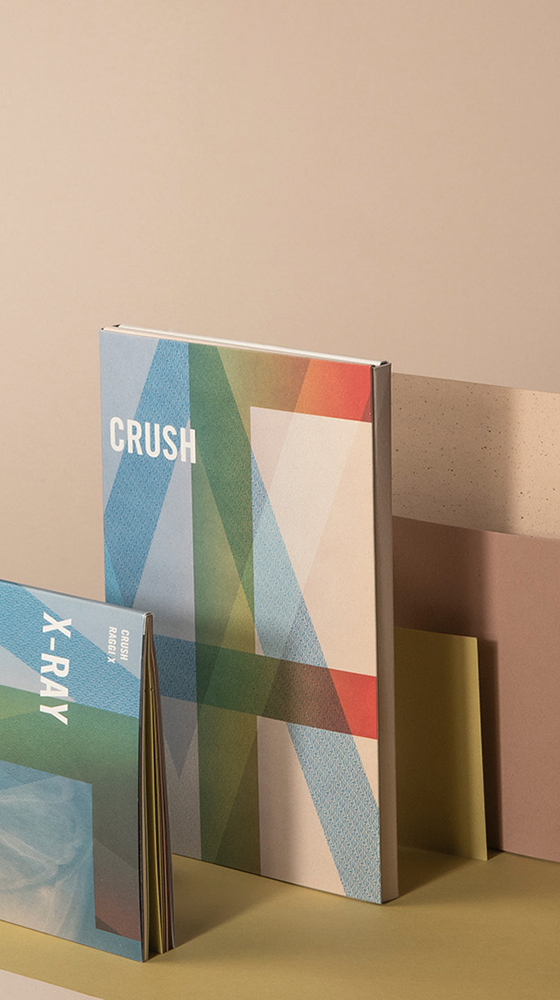
What is Crush
The residues from citrus fruit, coconut, cocoa, grapes, cherries, lavender, corn, olive, coffee, kiwi, hazelnuts and almonds are the raw materials that are saved from landfill and used to make these distinctive and tactile papers.
These by-products can replace up to 15% of cellulose from trees!
And the other ingredients?
40% post-consumer recycled fibre and cellulose from well managed forests.
We produce Crush with renewable energy and we offset unavoidable emissions. Crush is FSC™FSC™ C001810 certified, recyclable and biodegradable!
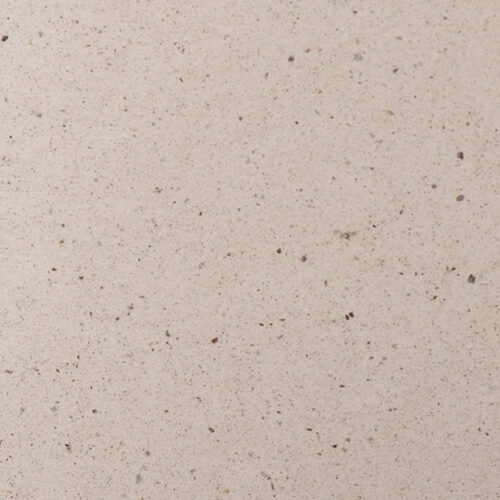

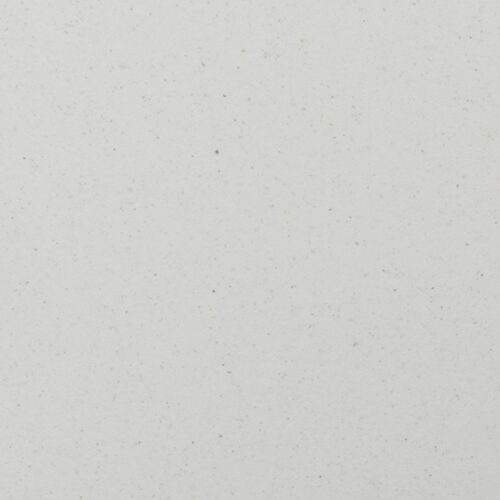

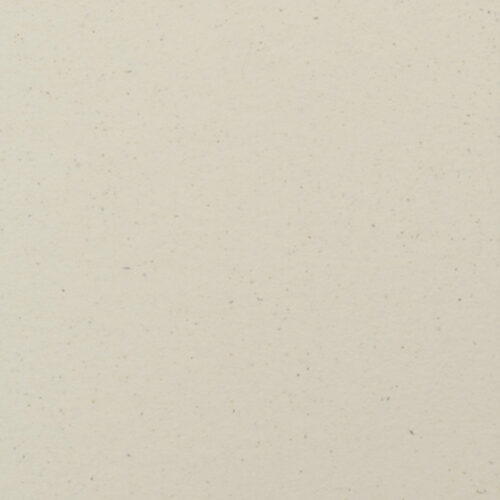

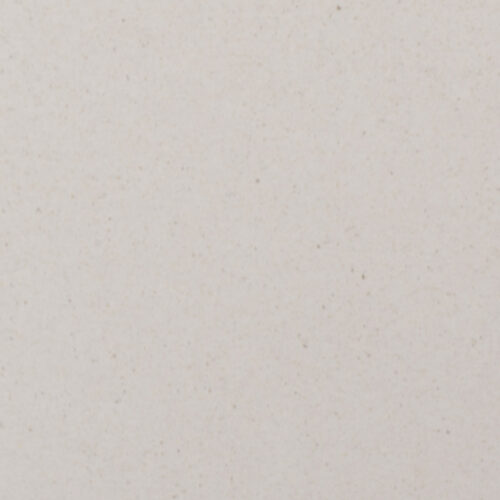

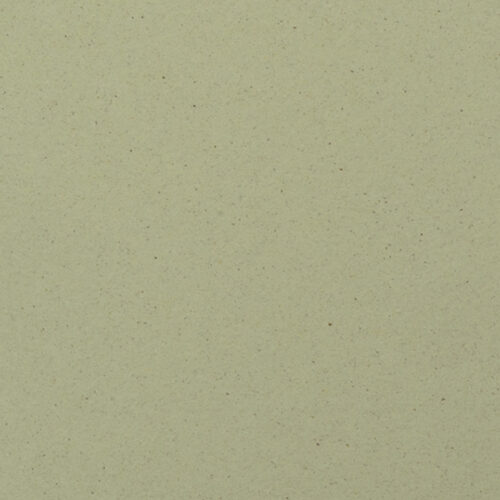

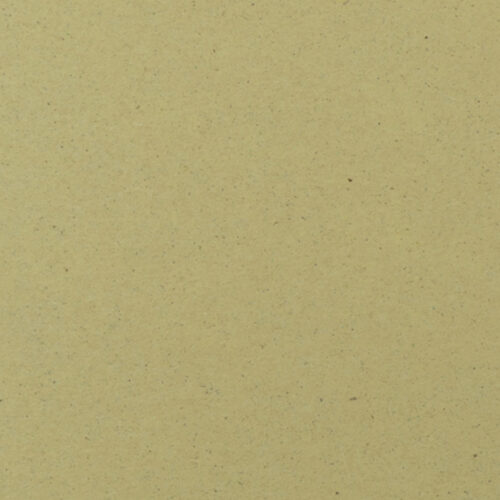

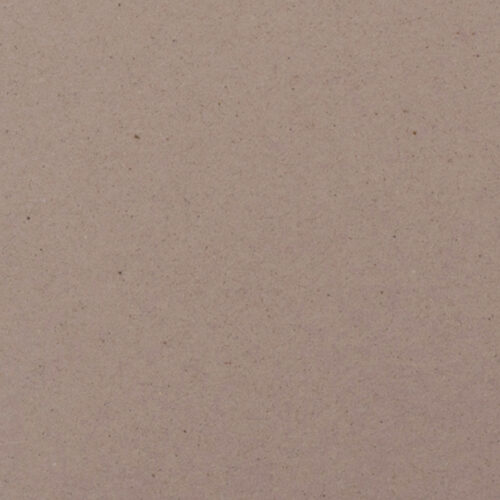

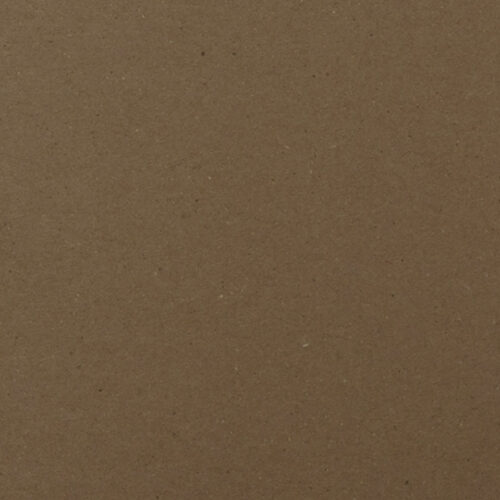

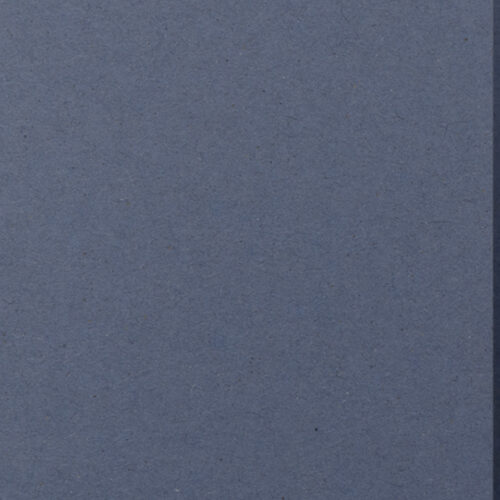

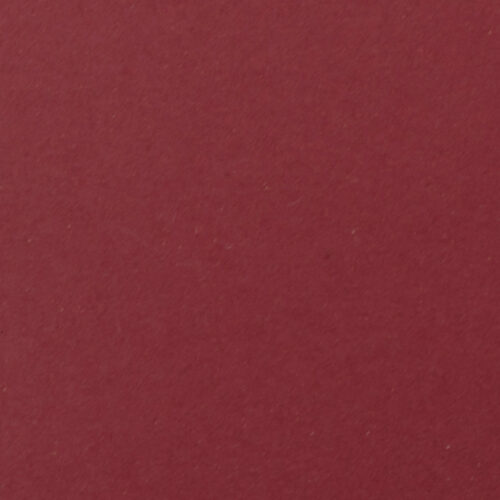

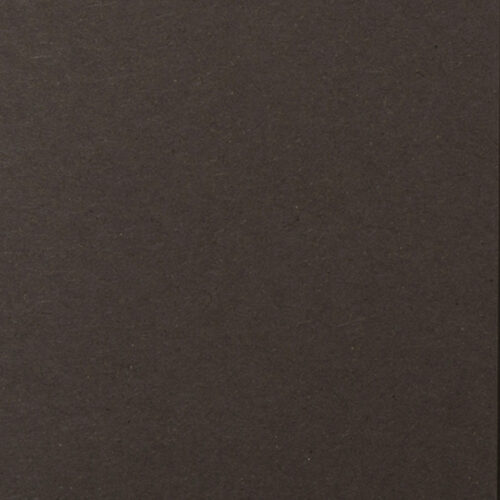

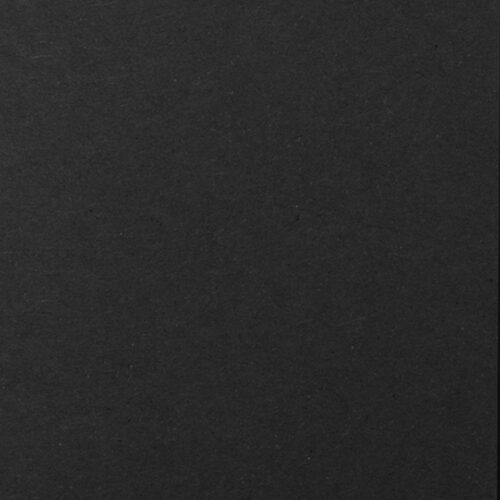







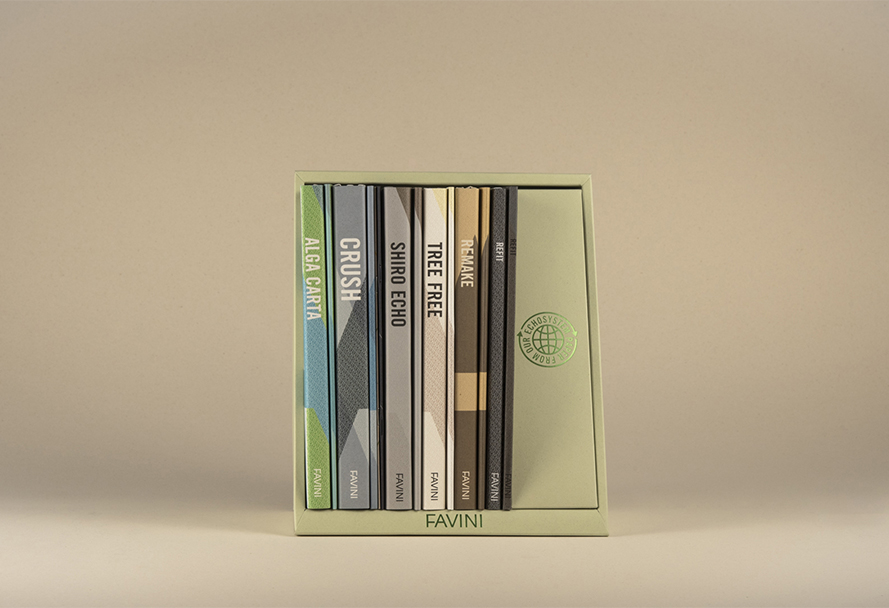
Why is Crush part of Paper from our Echosystem?
Discover the eco features
Discover more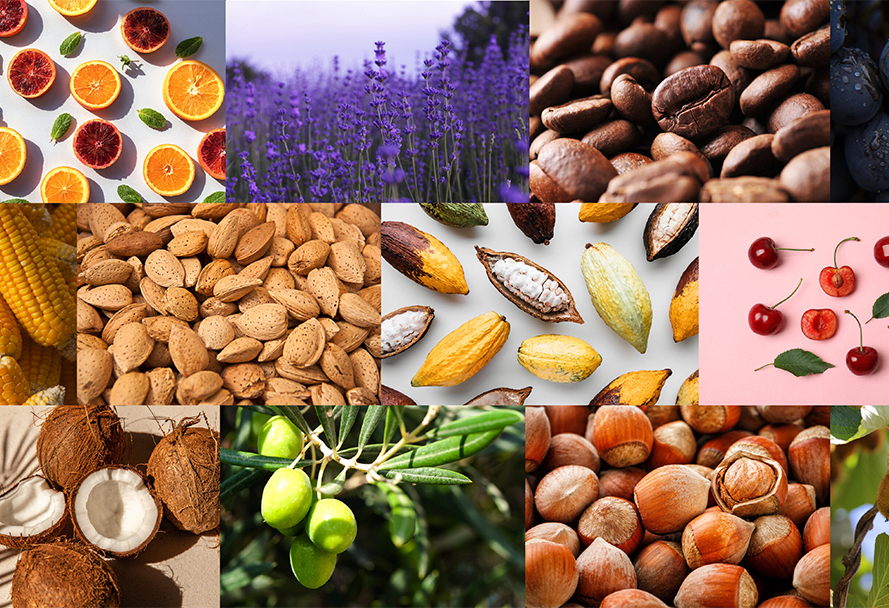
For every ingredient, a story of circularity!
Discover the origin of the ingredients of Crush
Discover more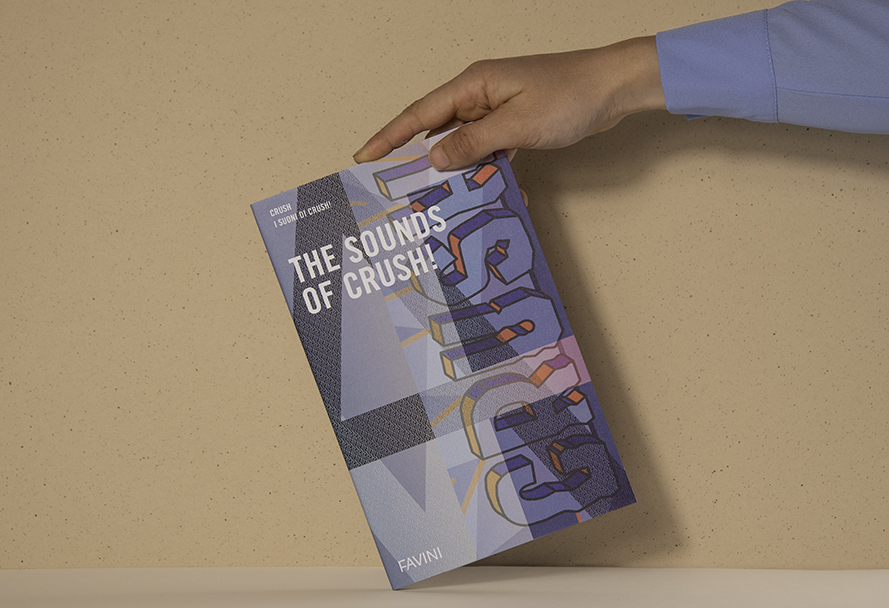
Print results on Crush: The Sounds of Crush
The Sounds of Crush: The Crush visual book
Discover more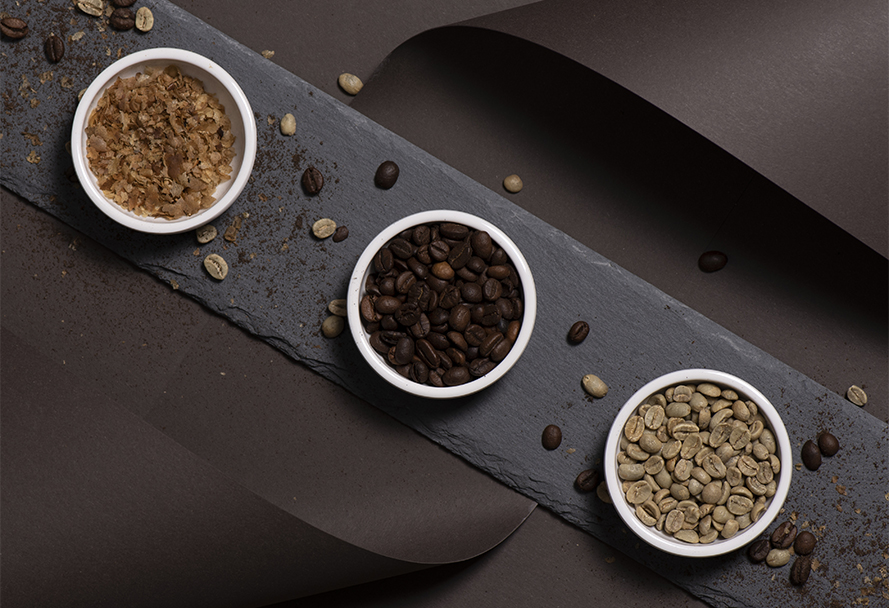
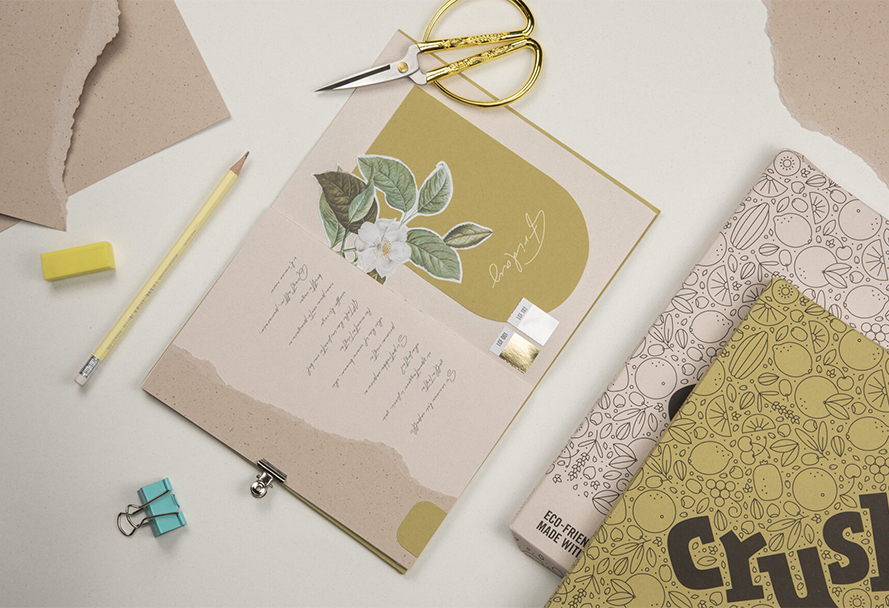
Everyone loves Crush: Discover the A4 version
The A4 Crush reams by our School, Office and Hobby Business Unit
Discover more- Alga Carta
- Aralda
- Astralux
- Biancoflash
- Bindakote
- Burano
- Classy Covers
- Contact Laid
- Contact Pack
- Cover Line
- Crush
- Digital
- Dolce Vita
- Favini Art
- Laguna
- Lightset
- Lunar
- Majestic
- Mirage
- Prisma
- Refit
- Remake
- Sahara
- Shiro Echo
- Softy
- Sumo
- The Tube
- Tokyo
- Tree Free
- Twill
- Twist


